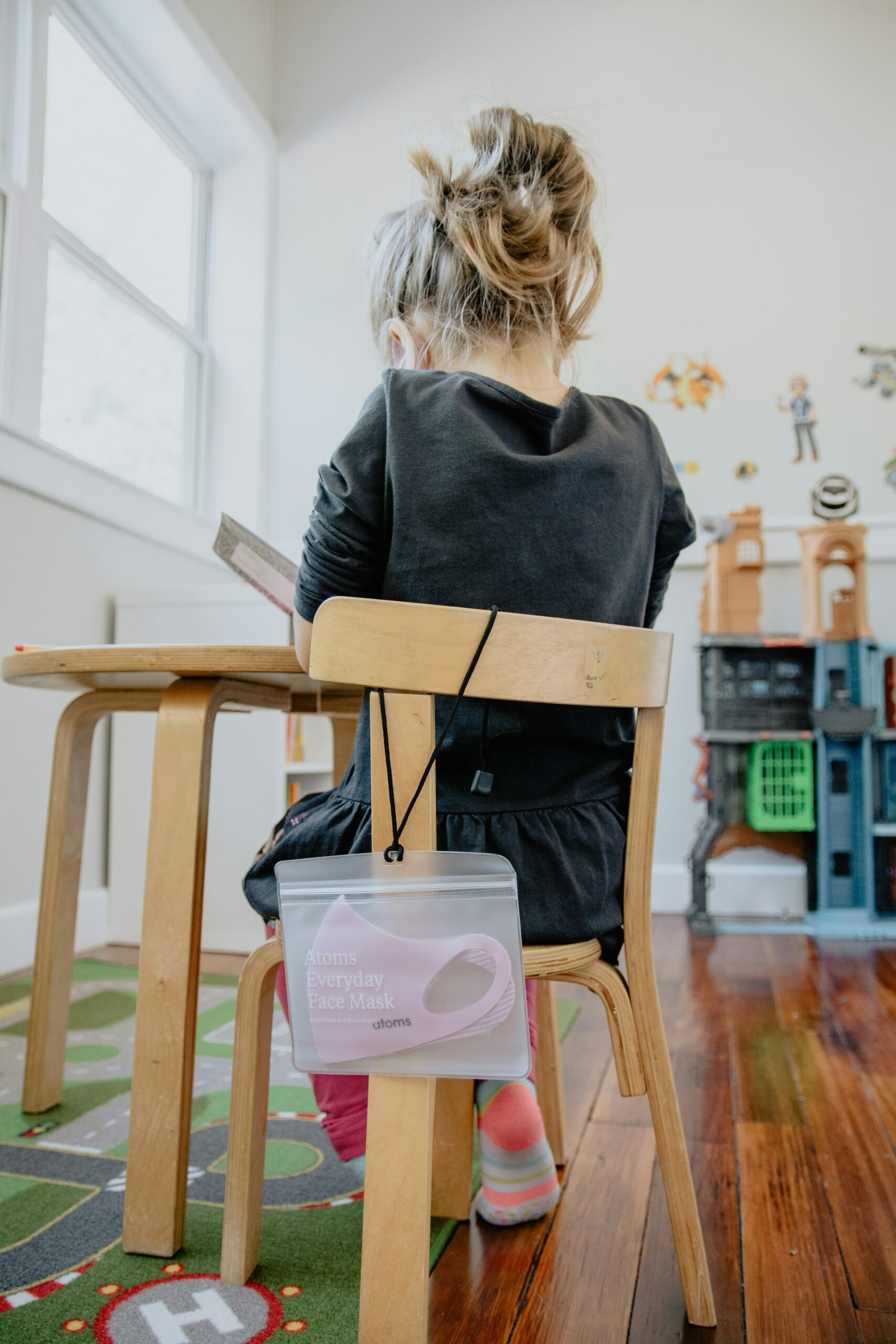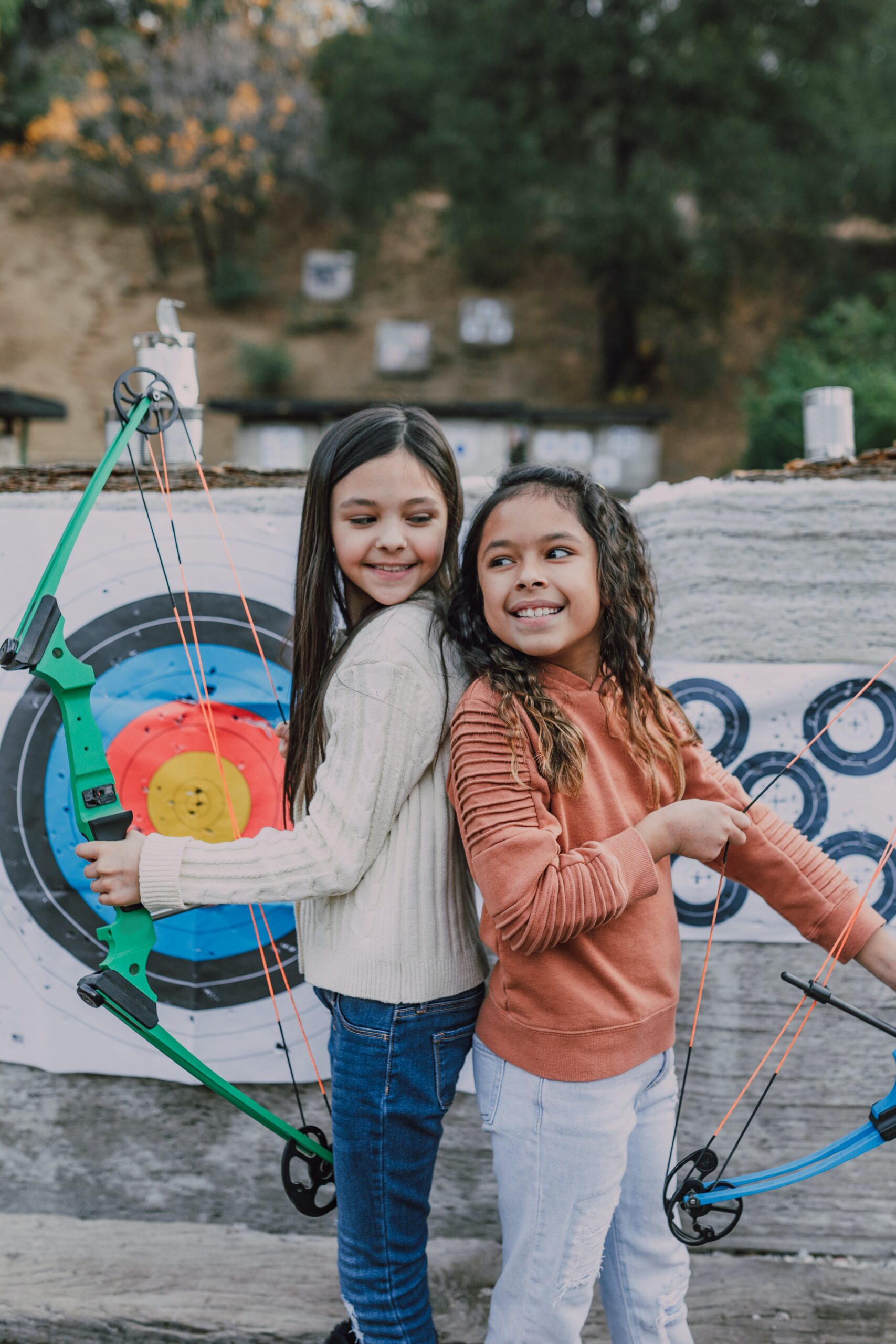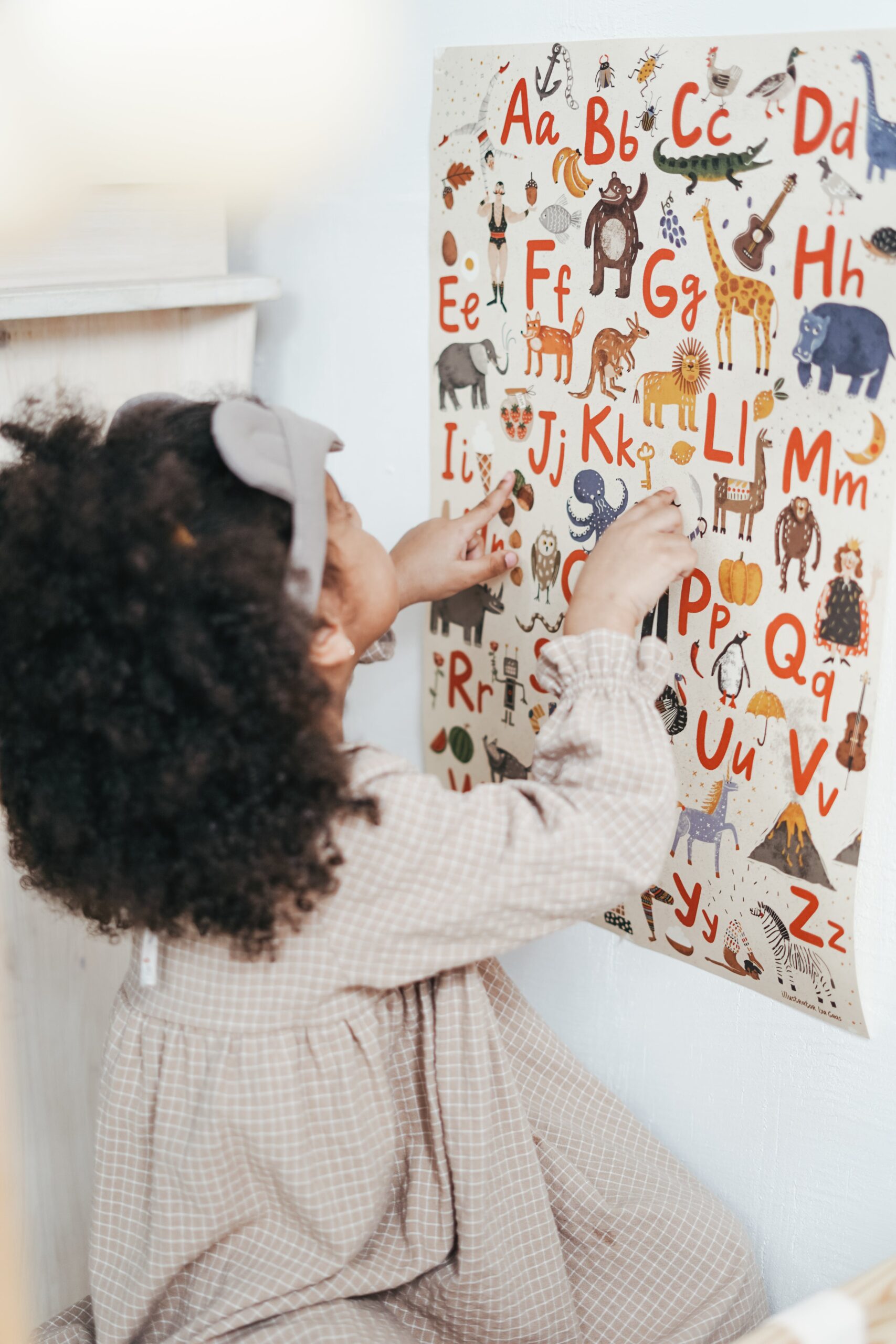The one thing that is immediately on the mind of any parents as soon as they add a pool to their home is their child’s safety. One of the worst nightmares that any parent could face is that their child has an accident in the pool and is either seriously hurt or worse. And unfortunately, that’s a distinct possibility.
According to the U.S Consumer Product Safety Commission, there are almost 400 deaths a year attributed to drowning in a pool or spa, and according to the CDC, drowning is the number one cause of unintentional death for children between the ages of 1 and 4. Those are some sobering statistics that are sure to keep parents up at night.
There are things that you as a parent can do to make your pool safer for children. And it all starts with you taking a good hard look at your pool area and making the necessary changes to make it safer. Once that’s done, it’s important to put into place some pool safety tips that will ensure that your children remain safe while the pool is being used. In this article, we’re going to address both of these issues so that you can have a little more peace of mind when it comes to your children and your pool.
Step One: Secure The Pool Area
One of the best ways for you to not only protect the children in your home but also the children in your neighborhood is to make sure that your pool area is secure. You should have a fence around the pool area and gates or doors that lead to the pool area need to lock securely. It’s also a good idea to install alarms on these entrances to the pool to ensure that they’re secured. Let’s take a brief look at each of these pool safety components to see how they should be implemented.
Fences
Removable and permanent fences are the number one safety barrier for any pool owner. Although fences come in a variety of different materials there are basic features that the fence should have to make it useful around the pool area. One, it should be at least 5-feet high, and it shouldn’t have footholds that would allow a person to climb it. It should also be able to be seen through, so it should be made of chain-link or wrought iron.
Doors & Gates
Doors and gates that lead to the pool area should also be secured. That means interior doors that lead should have locks on them and that gates that enter the pool area through the fence should lock automatically when they close.
Pool Alarms
It’s also a good idea to use pool alarms on both interior doors and fence gates leading into the pool area. There are a variety of different pool alarms available and most of them are inexpensive and easy to install. There are also alarms that are placed into the pool and will alert you if anyone enters the pool without your knowledge. Regardless of whether or not you feel that you need them, it’s a good idea to use them.
Pool Signs
It’s also a good idea to put up a pool sign that alerts people to the presence of a pool. This sign should be on the outside of the gate to the pool and let people know that the gate should remain closed and locked at all times.
Step Two: Follow These Important Safety Tips
Although it might be tempting to think that you’re done with pool safety once you’ve secured your pool area that’s not exactly the case. Some important safety tips should be followed all of the time. Let’s take a closer look at them, shall we?
Kids Should Never Swim Alone
One of the most important rules that should be followed in the pool is that children never swim alone under any circumstances. A parent or other qualified adult should always be with the child and the child should be in full view at all times. There are no exceptions. Remember, drowning is silent, so your eyes are your best way to protect your children.
Teach Your Children To Swim
It’s also important to teach your child to swim. However, remember that this will reduce the chance of drowning, it won’t eliminate it. Even children who are highly experienced swimmers have drowned. Just something to always keep in mind.
Use Flotation Devices For New Or Inexperienced Swimmers
If the child isn’t experienced swimming, then it’s important that you give them a life jacket or puddle jumpers. Remember, pool noodles aren’t certified safety devices and never should be used as such.
Teach Your Children To Be Aware In The Water
You should go over the rules of the pool with your children until they have internalized them and can act on them without having to think about it. Let them know they can’t swim alone, why they have to wear some kind of flotation device, or why they should avoid deep water. The child should also know that they always have to ask permission before they enter the pool area.
Teach Your Children To Never Dive
A lot of pool-related incidents have occurred because children have jumped into the pool headfirst. This is a dangerous practice and can result in the child sustaining a head injury on the side of the pool or the pool’s bottom. Emphasize to your children that whenever they enter the pool they need to make sure they enter feet first. Also, let them know they should never dive into a shallow end of a pool or into any body of water in which the depth isn’t known.
Everyone Should Walk And Never Run Around The Pool
The last piece of advice we’d like to offer seems kind of like it’s a cliché now, but it’s still an important rule to follow. You or your children should always walk around a pool and should never run around it. This will ensure everyone stays safe.






